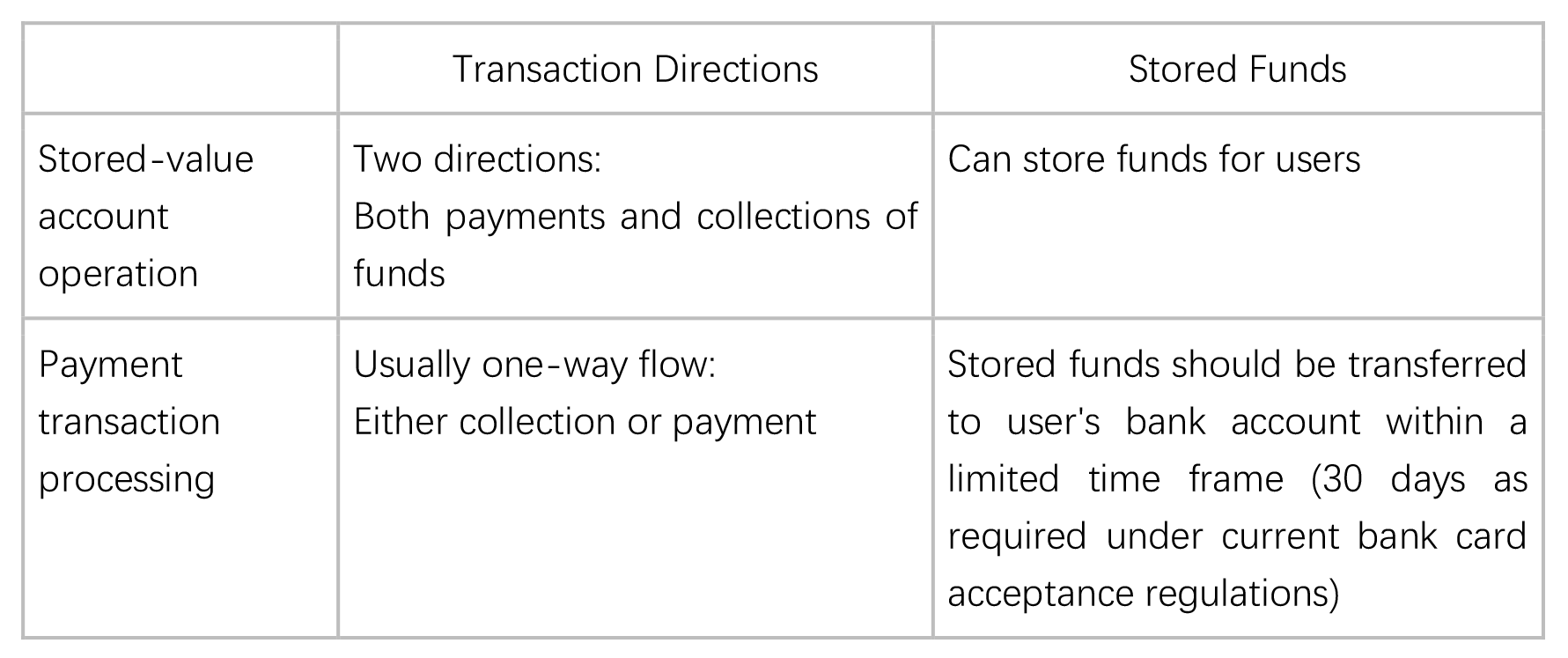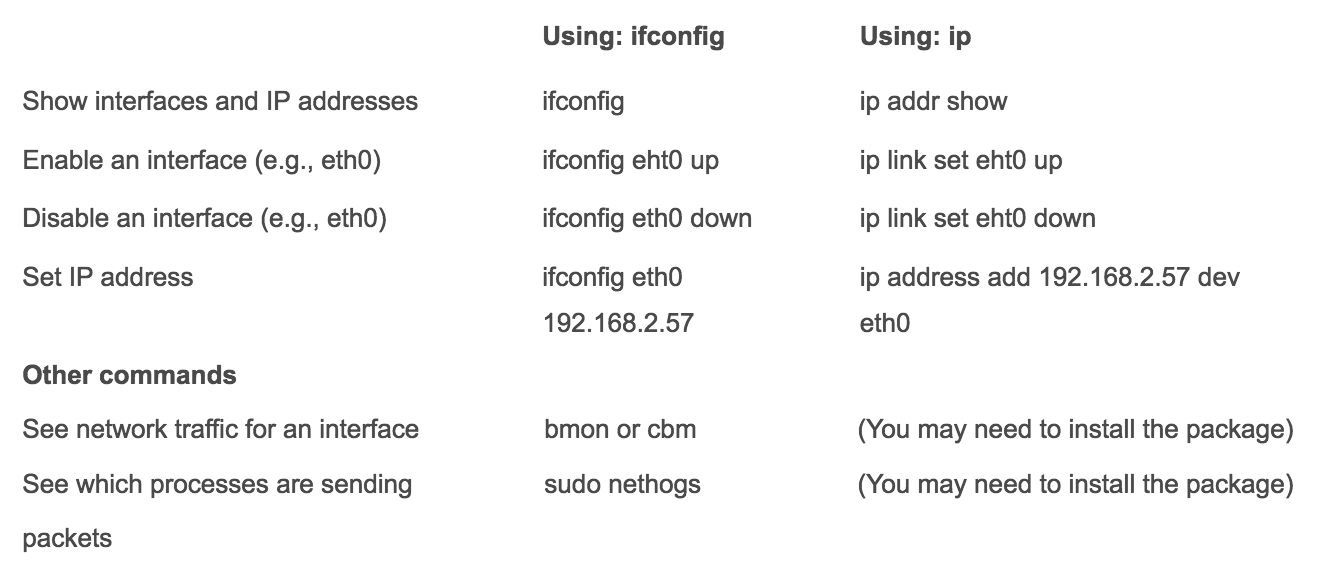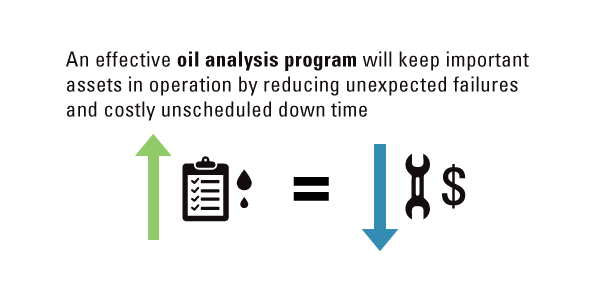Understanding Conforming vs Non-Conforming Loans: Which One is Right for You?
Guide or Summary:What are Conforming Loans?What are Non-Conforming Loans?Key Differences Between Conforming and Non-Conforming LoansWhich Loan is Right for……
Guide or Summary:
- What are Conforming Loans?
- What are Non-Conforming Loans?
- Key Differences Between Conforming and Non-Conforming Loans
- Which Loan is Right for You?
When it comes to securing financing for your dream home, understanding the differences between conforming vs non-conforming loans is crucial. These two types of loans cater to different financial situations and borrower needs, and knowing which one suits you best can save you time, money, and stress in the long run.
What are Conforming Loans?
Conforming loans are mortgages that adhere to the guidelines set by government-sponsored enterprises (GSEs) like Fannie Mae and Freddie Mac. These loans typically have a maximum loan limit, which varies by region. For example, in most areas of the United States, the conforming loan limit for a single-family home is set at $726,200 for 2023, but it can be higher in designated high-cost areas.
One of the primary benefits of conforming loans is that they usually come with lower interest rates compared to non-conforming loans. This is because they are considered less risky for lenders since they meet specific criteria and can be sold to GSEs in the secondary mortgage market. Additionally, conforming loans often require lower down payments, making them more accessible for first-time homebuyers.

What are Non-Conforming Loans?
On the other hand, non-conforming loans do not meet the guidelines set by Fannie Mae and Freddie Mac. These loans are often referred to as jumbo loans, especially when the loan amount exceeds the conforming loan limits. Non-conforming loans are typically used by borrowers who have unique financial situations, such as self-employed individuals, those with significant assets, or buyers in high-cost areas where home prices exceed the conforming limits.
While non-conforming loans can provide greater flexibility in terms of loan amounts and borrower qualifications, they often come with higher interest rates and stricter underwriting requirements. Lenders perceive these loans as riskier, which can lead to increased costs for the borrower. However, for those who need to borrow more than the conforming limits, non-conforming loans can be an excellent option.
Key Differences Between Conforming and Non-Conforming Loans
When comparing conforming vs non-conforming loans, several key differences stand out:
1. **Loan Limits**: Conforming loans have specific limits based on the location of the property, while non-conforming loans can exceed those limits.

2. **Interest Rates**: Conforming loans generally offer lower interest rates due to their lower risk, whereas non-conforming loans usually come with higher rates.
3. **Down Payment Requirements**: Conforming loans may allow for lower down payments, making them more accessible for first-time buyers, while non-conforming loans often require larger down payments.
4. **Underwriting Standards**: Non-conforming loans may have stricter underwriting standards due to their perceived risk, whereas conforming loans have more standardized guidelines.
Which Loan is Right for You?
Deciding between conforming vs non-conforming loans ultimately depends on your financial situation and the type of property you wish to purchase. If you are a first-time homebuyer or looking for a more affordable option, a conforming loan may be the best choice. However, if you are in a high-cost area or need to borrow more than the conforming limit, a non-conforming loan could be the way to go.

Before making a decision, it’s essential to consult with a mortgage professional who can help you navigate the complexities of these loans and find the best option for your unique circumstances. Understanding the differences between conforming and non-conforming loans can empower you to make informed decisions and secure the financing you need to achieve your homeownership dreams.